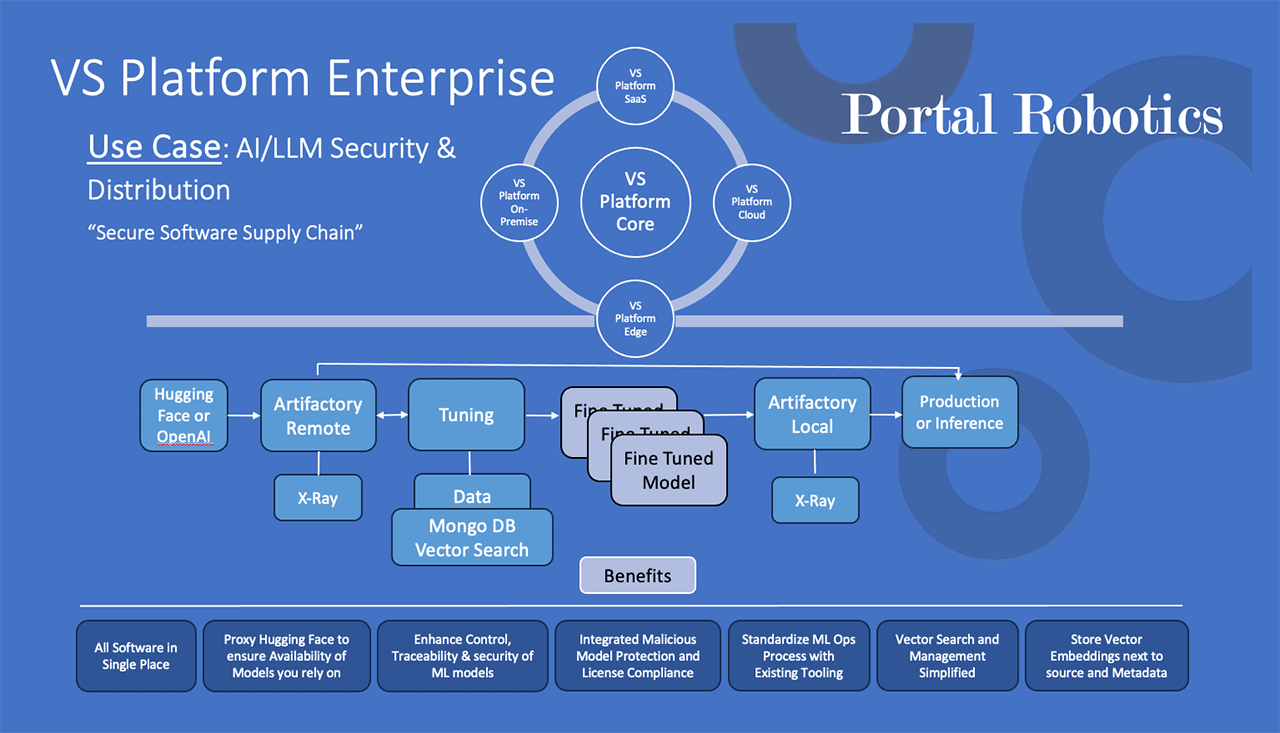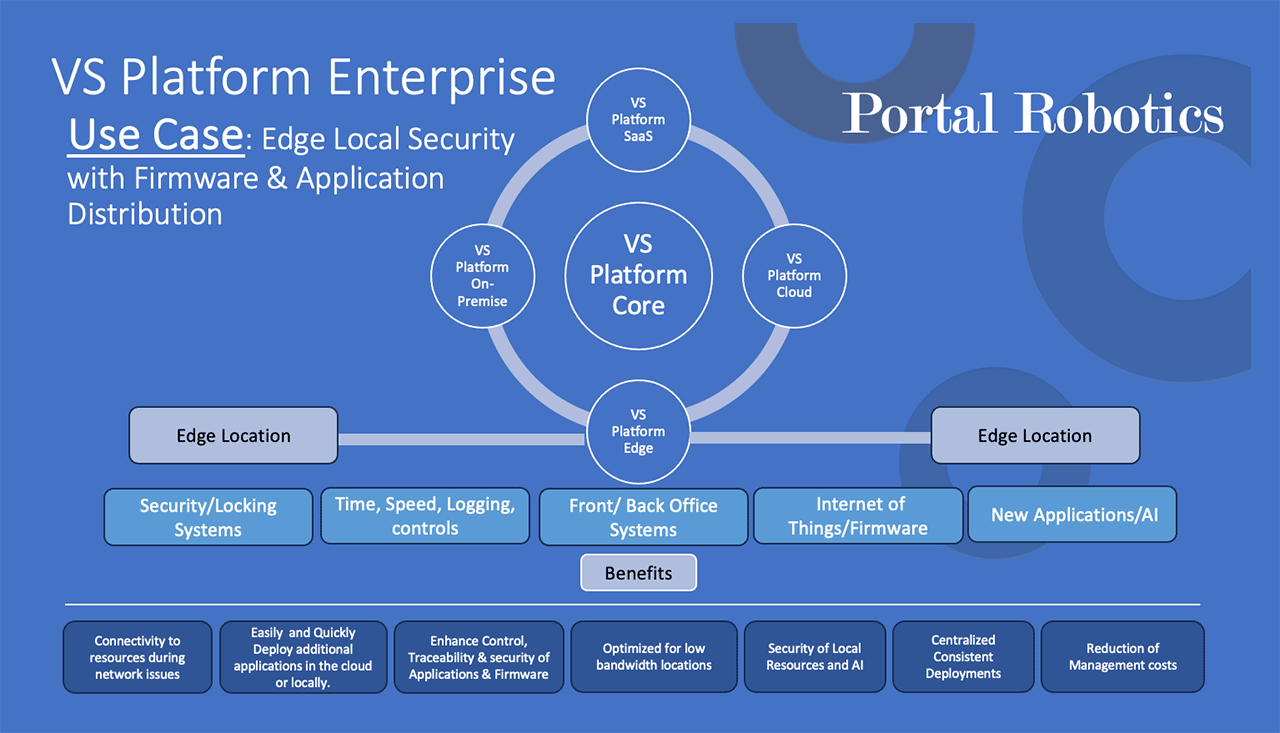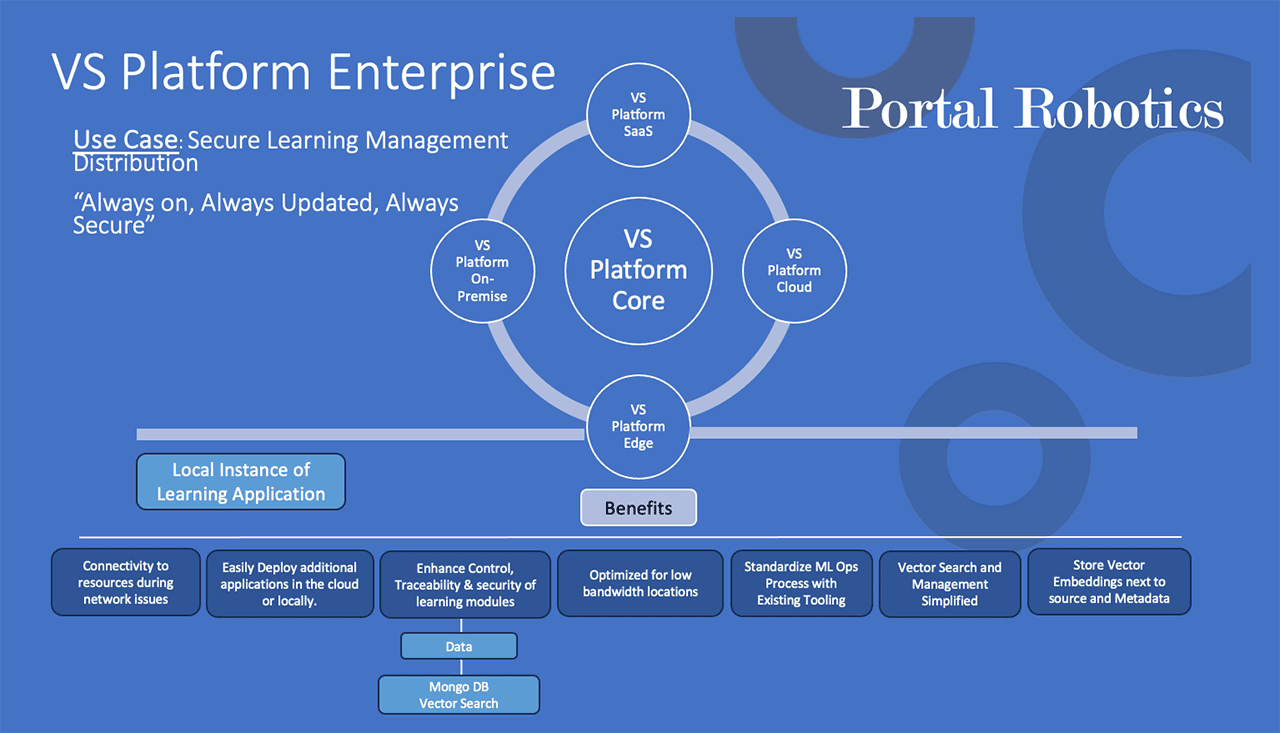Solutions
Edge Computing Use Case Examples
1. Retail Optimization
Edge computing enables retailers to personalize customer experiences, optimize inventory management, and streamline operations in brick-and-mortar stores. It facilitates real-time analytics, customer engagement, and inventory tracking to improve sales and efficiency.
Retail Analytics
Edge computing enables AI- powered analytics for retail environments, allowing for real-time customer tracking, product recommendation, and inventory management. This helps retailers optimize store layouts, improve customer engagement, and increase sales.
Edge Gaming
Edge computing enables AI-powered gaming experiences with enhanced realism, responsiveness, and immersion. AI algorithms can process game data locally to generate dynamic environments, adaptive difficulty levels, and personalized gaming experiences tailored to individual players.
2. Manufacturing and Industry 4.0
Edge computing enhances manufacturing processes by enabling real-time monitoring, predictive maintenance, and quality control. It allows for the analysis of sensor data on the factory floor, optimizing production efficiency, reducing downtime, and minimizing defects.
Edge Robotics
Edge computing enables AI-powered robots to process sensor data and make decisions locally, allowing for autonomous navigation, object recognition, and collaborative tasks in dynamic environments. This reduces reliance on centralized control systems and improves agility and responsiveness in robotics applications.
Smart Agriculture
Edge computing enables AI algorithms to analyze sensor data from agricultural equipment and drones locally, providing real-time insights for crop monitoring, irrigation management, and pest detection. This helps farmers optimize resource usage, increase yields, and reduce environmental impact.
3. Supply Chain Management
Edge computing supports real-time visibility and tracking of goods throughout the supply chain. It enables logistics companies to monitor inventory levels, track shipments, and optimize route planning, leading to improved efficiency and responsiveness.
4. Telecommunications
Edge computing enhances telecommunications networks by bringing computing resources closer to end-users. It supports low-latency applications such as video streaming, online gaming, and virtual meetings, improving the overall user experience.
Natural Language Processing (NLP) for Voice Assistants
Edge computing enables AI-powered voice assistants to process natural language queries locally, providing faster response times and enhancing user privacy. This allows voice-enabled devices to perform tasks such as voice recognition, language translation, and voice-controlled automation without constant reliance on cloud services.
Smart Cameras and Video Analytics
Edge computing enables AI-powered video analytics for applications such as surveillance, crowd monitoring, and anomaly detection. Smart cameras can process video data locally to detect events of interest and trigger immediate responses, without needing to constantly stream data to centralized servers.
5. Healthcare
Edge computing facilitates remote patient monitoring, telemedicine, and healthcare analytics. It enables healthcare providers to collect and analyze patient data in real-time, supporting timely interventions, personalized treatments, and improved patient outcomes.
Healthcare Diagnostics
Edge computing enables AI-powered diagnostic tools to analyze medical imaging data locally, providing faster diagnosis and treatment recommendations. This is particularly useful in remote or resource-constrained settings where access to centralized healthcare infrastructure may be limited.
Personalized Recommendations
Edge computing enables AI algorithms to analyze user behavior and preferences locally, allowing for real-time personalized recommendations in applications such as e-commerce, streaming services, and content delivery. This enhances user engagement and satisfaction by delivering relevant content or product suggestions without latency.
6. Banking and Finance
Edge computing enhances security, compliance, and customer experience in banking and finance. It supports real-time fraud detection, transaction processing, and personalized services while ensuring data privacy and regulatory compliance.
7. Energy and Utilities
Edge computing enables real-time monitoring and optimization of energy production, distribution, and consumption. It supports predictive maintenance of infrastructure, grid management, and renewable energy integration, improving reliability and efficiency.
8. Smart Buildings
Edge computing enhances building automation systems by enabling real-time monitoring and control of HVAC, lighting, and security systems. It supports energy optimization, occupant comfort, and predictive maintenance, reducing operating costs and environmental impact.
IoT Device Management
Edge computing allows AI algorithms to analyze sensor data from IoT devices in real-time, enabling proactive maintenance, anomaly detection, and predictive analytics. This ensures optimal performance and reliability of IoT deployments across various industries.
9. Fleet Management
Edge computing supports real-time tracking, monitoring, and optimization of vehicle fleets. It enables fleet operators to improve route planning, vehicle maintenance, and driver safety, leading to increased efficiency and reduced operating costs.
Autonomous Vehicles
Edge computing enables AI algorithms to process sensor data in real-time, allowing autonomous vehicles to make split-second decisions without relying solely on cloud connectivity. This ensures faster response times and enhances safety on the road.
10. Edge Data Centers
Edge computing enables the deployment of smaller-scale data centers closer to end-users. It supports low-latency applications, content delivery, and cloud services, improving performance and reliability for distributed enterprise environments. AI holds tremendous potential to revolutionize datacenter operations, making them more efficient, reliable, and adaptive to changing demands. By leveraging AI technologies, datacenter operators can unlock new levels of performance optimization, cost savings, and operational excellence.



